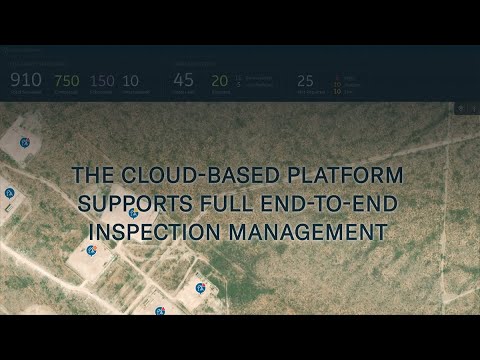TDF
The capabilities of three-dimensional printers have advanced rapidly in recent years. No longer limited to niche products, they are primed to transform the production of countless consumer goods. Printing Out the World examines this revolutionary phenomenon and what it might mean for industries across the world.
In Berlin, at a company called BigRep, 3D printers are being developed that can manufacture everything from home insulation to office furniture to bicycle parts. These items can be made from scratch – from the drawing board to the delivery truck – in less than 12 weeks.
The filmmakers visit another production center in Chicago, where engineers advocate for the 3D process as it could one day represent a more efficient form of production, avoid the wastefulness of overproduction, and decrease the need for costly warehouse space.
3D manufacturing is quickly assuming a greater slice of the consumer and industrial goods pie. Their products are becoming increasingly versatile. Airbus utilizes the technology to produce parts for aircraft doors, and orthopedic patients can benefit from their ability to create customized prosthetic limbs and other life-enhancing devices.
These technological advancements are constantly evolving, but they still have a series of hurdles to overcome before they can effectively take over the majority of the production and assembly market across the globe. More testing needs to be done on production materials; ideally, they need to be safer for the environment, easy to resource, and able to undergo constant recycling without suffering a degradation in quality. Engineers believe it’s just a matter of time before these goals are met, however.
But experts warn of potential dangers and drawbacks associated with these innovations. In some underground circles, savvy criminals have utilized the technology to manufacture illegal firearms and other unregulated products. As with the online shopping craze, the transport of these printed materials requires more delivery trucks on the road, which in turn leads to higher levels of air pollution.
In spite of these reservations, Printing Out the World provides a largely optimistic view of these technologies. It’s a fascinating look at an industry that can do much to transform the production of goods and how we consume them.



